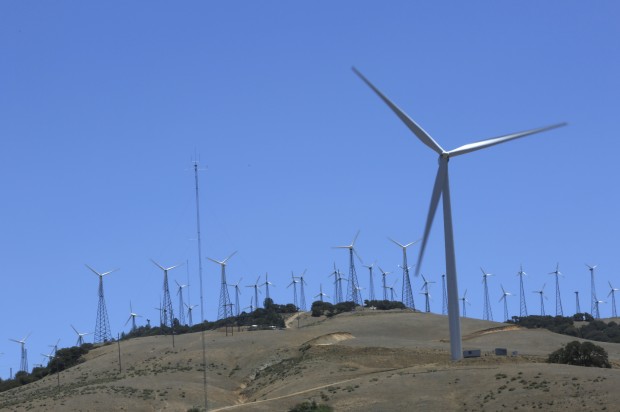Please enter a keyword to search

The U.S. is steadily inching toward installing some offshore wind power, with nearly a dozen projects in the works, according to a new report prepared for the Department of Energy. But although the report labels all of those projects as being in the “advanced stages” of development, their prospects are far from certain. And global industry trends – toward bigger projects farther offshore that perform better but are costly to build – only emphasize the hurdles the sector faces.
The update on the offshore wind market by the consultancy Navigant , intended to help guide policy decisions on the nascent U.S. industry, points out that “the United States is still awaiting the installation of its first commercial-scale offshore wind project.” But that doesn’t mean some progress hasn’t been made since last year’s report.

Proposed U.S. offshore wind energy projects in “advanced development” stages (image via Navigant)
In addition to two BOEM commercial lease auctions for federal Wind Energy Areas (WEAs), other, later-stage, commercial-scale projects have made incremental progress toward starting construction. On the demonstration project front, the DOE awarded seven Advanced Technology Demonstration (ATD) project grants in December 2012 that will help address ongoing challenges and cost barriers to offshore wind energy. In addition, in June 2013, the University of Maine (in partnership with the DOE) installed the United States’ first offshore wind turbine, a 1/8-scale pilot turbine on a floating foundation.
Navigant lists 11 projects that it characterizes as being in the “advanced stages” of development – meaning that they have either received approval for an interim limited lease or a commercial lease in state or federal waters; conducted baseline or geophysical studies at the proposed site; or signed a power purchase agreement with a power off-taker. But as the report states, “Given global historical trends, however, it is unlikely that all eleven of these projects will achieve these targets, due to delays, cancellations, or other regulatory or market issues.”